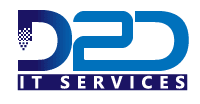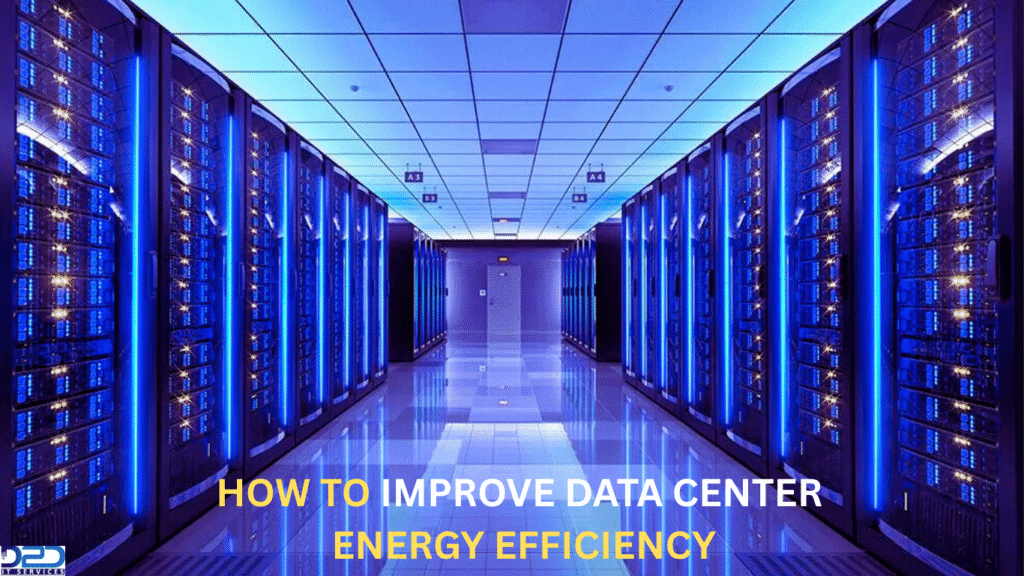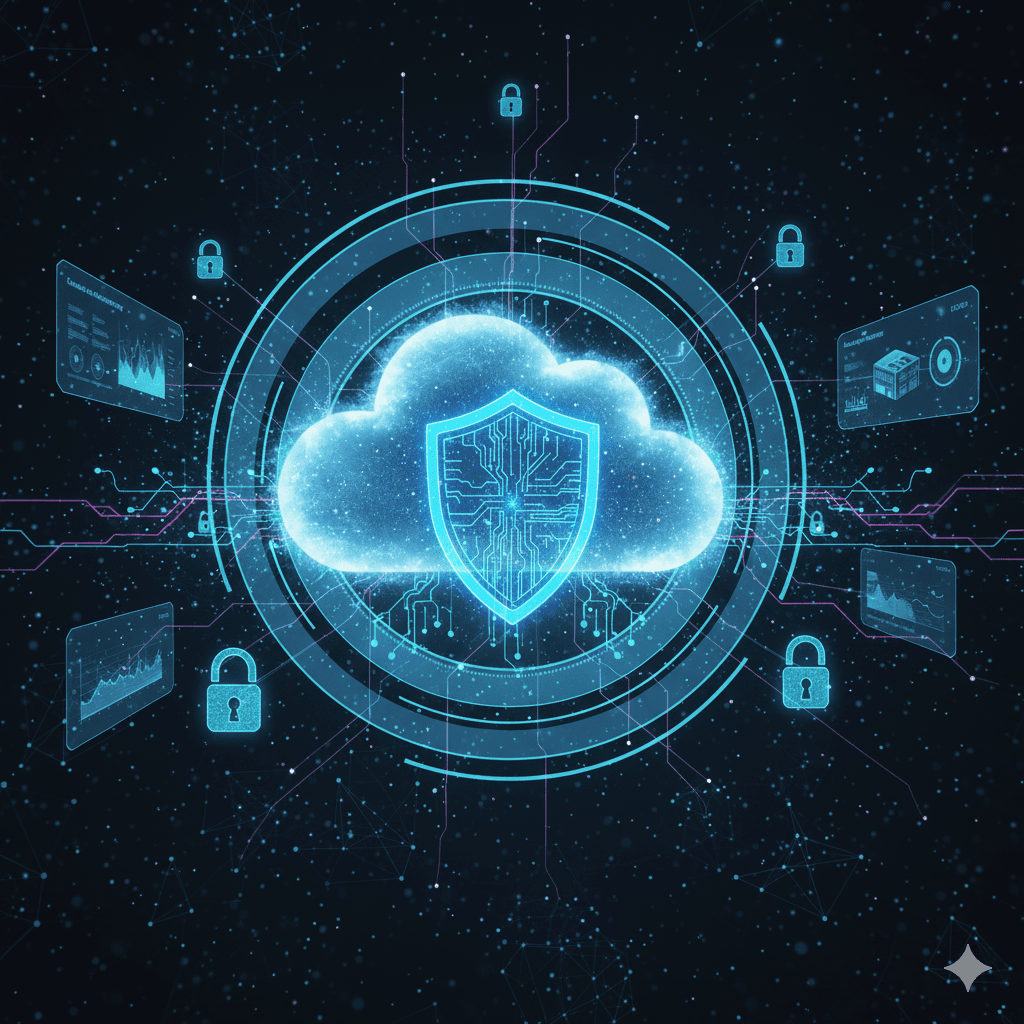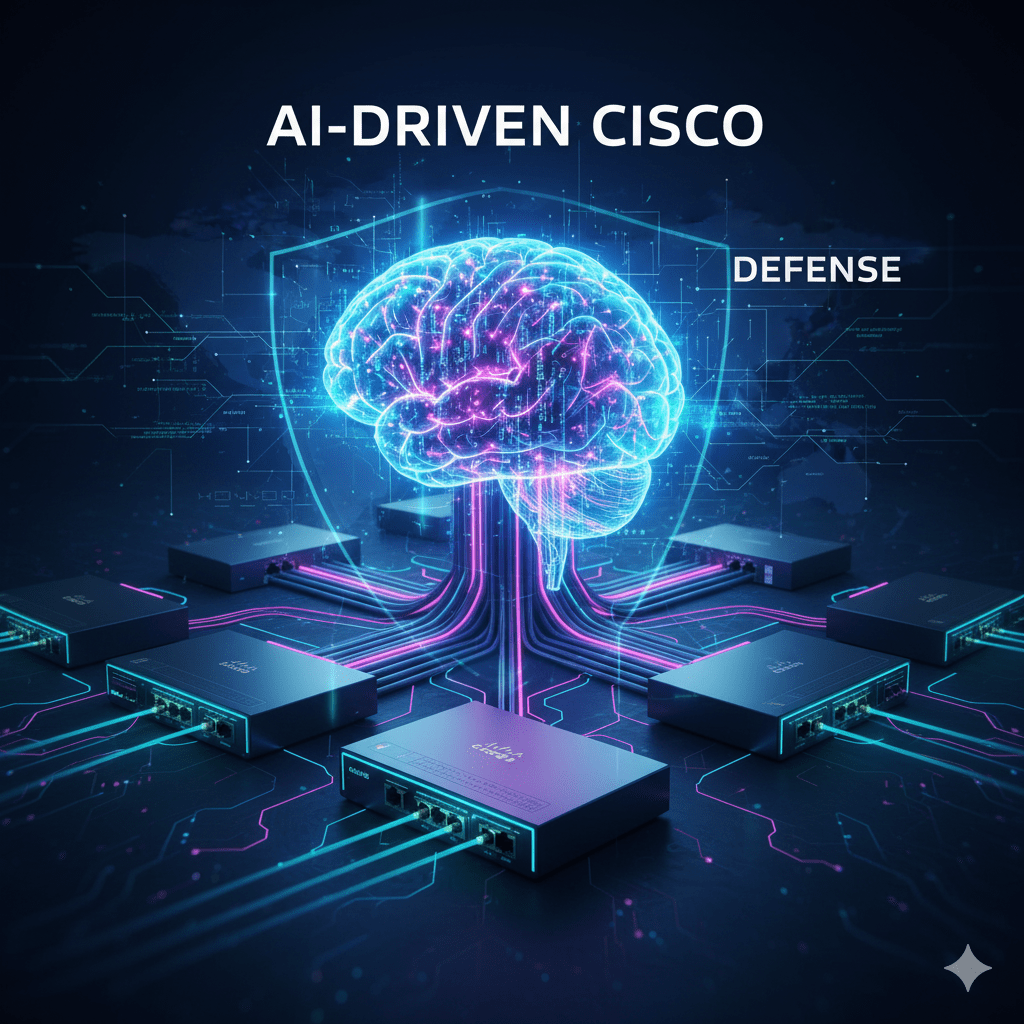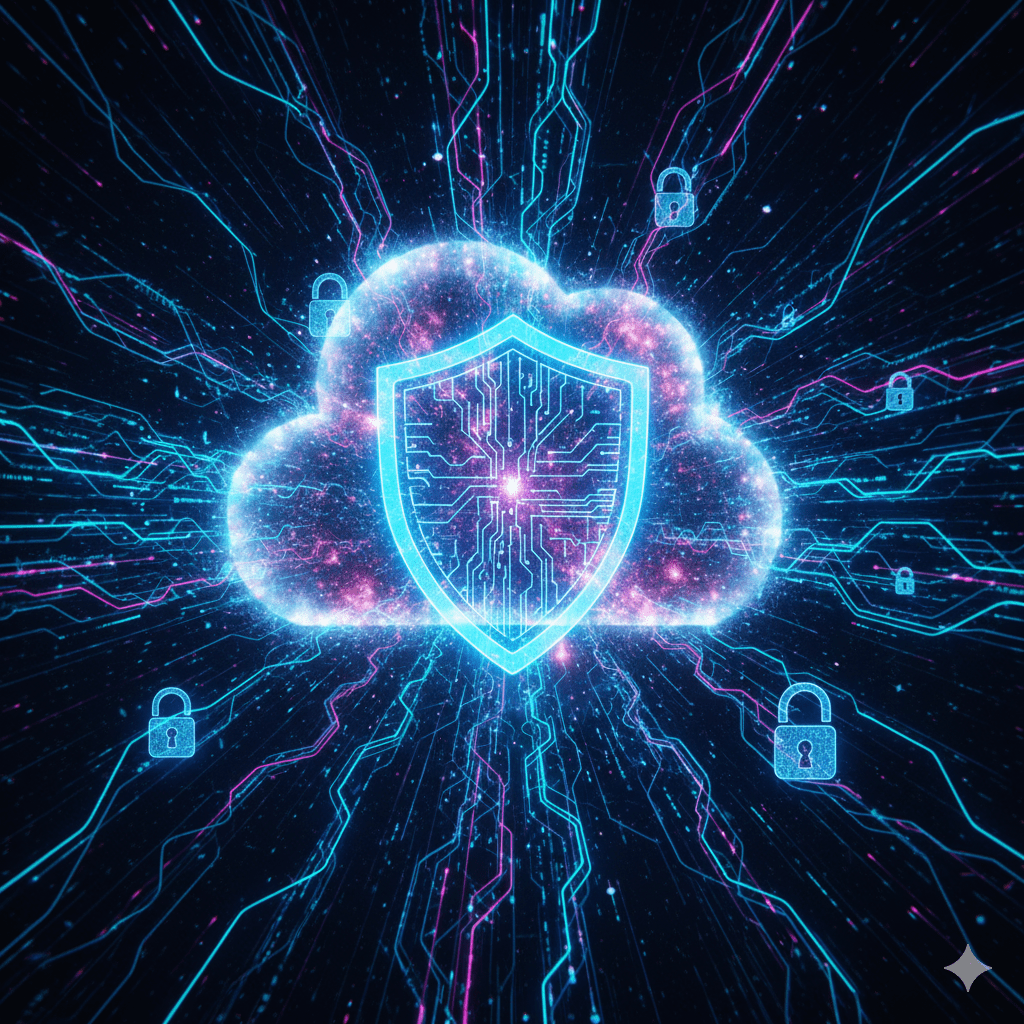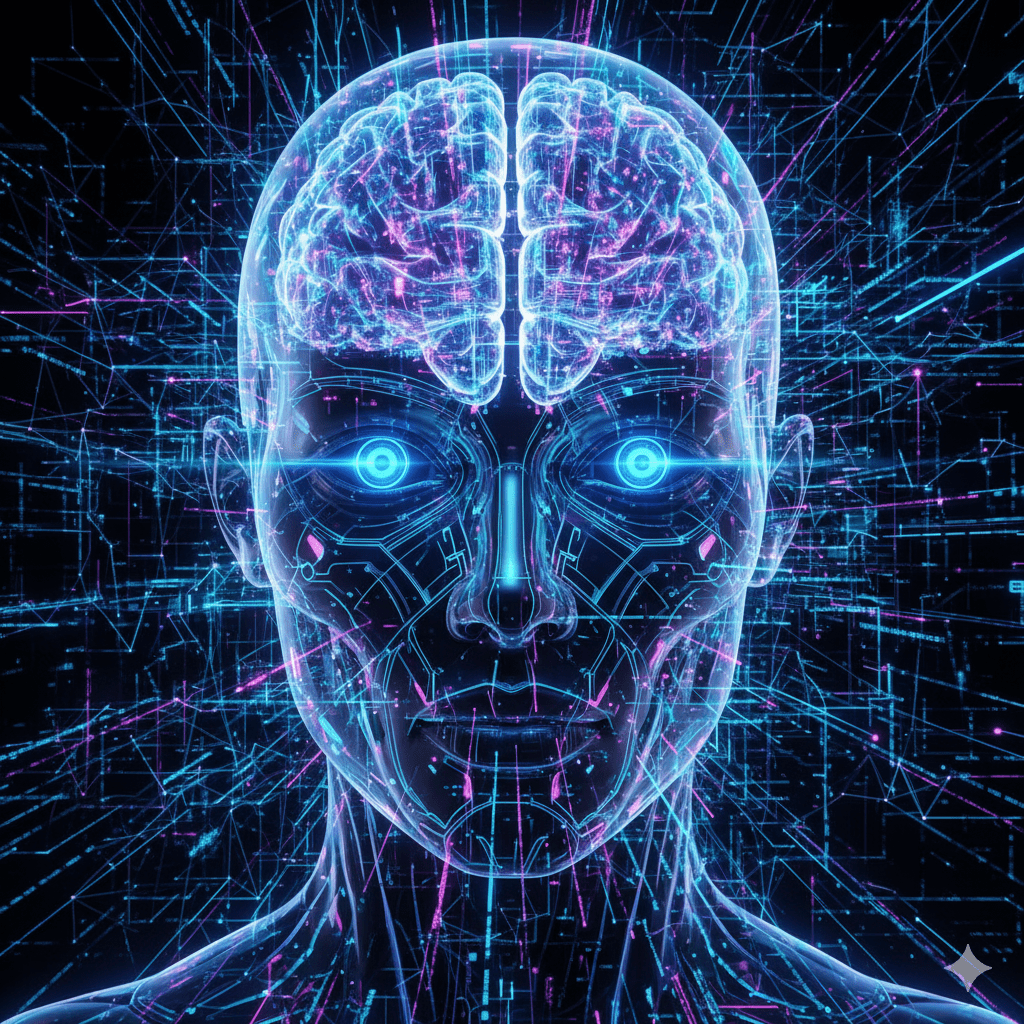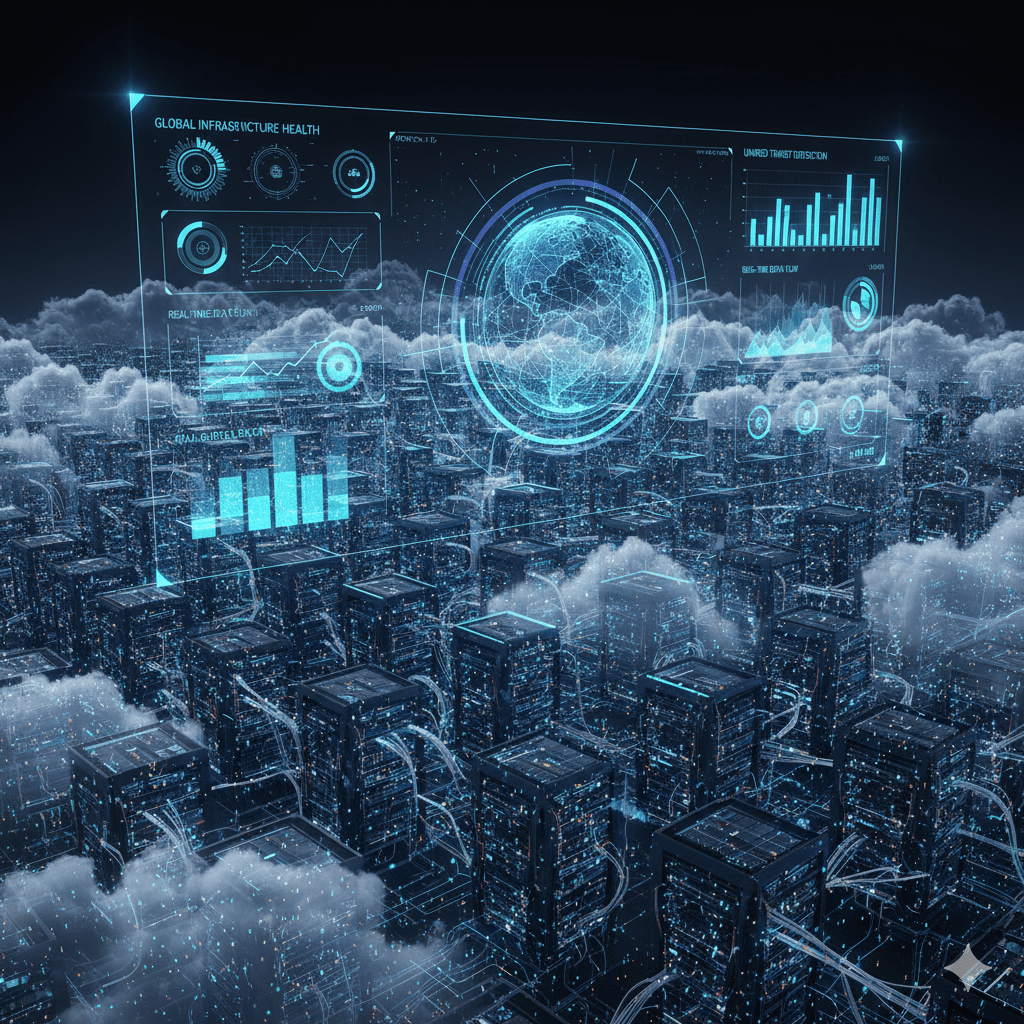In today’s digital age, data centers are the backbone of IT infrastructure, but they also consume massive amounts of energy. As businesses grow increasingly dependent on data, improving data center energy efficiency has become essential for reducing costs, minimizing environmental impact, and achieving sustainability goals.
At D2D IT Services, we specialize in data center modernization and cloud optimization, helping organizations achieve peak performance while significantly cutting energy usage.
1. Optimize Cooling Systems
Cooling accounts for nearly 40% of a data center’s total energy consumption. Implementing advanced cooling methods such as hot and cold aisle containment, liquid cooling, or free cooling can drastically reduce energy waste.
Additionally, leveraging AI-powered environmental monitoring systems allows you to automatically adjust cooling settings based on real-time thermal data.
Pro Tip: Regular maintenance of HVAC systems ensures consistent airflow and optimal performance.
2. Consolidate and Virtualize Servers
Many data centers still run underutilized physical servers. Server virtualization allows multiple workloads to run on a single machine, minimizing idle power consumption. By consolidating servers, you can reduce energy usage, cooling requirements, and maintenance costs.
D2D IT Services provides virtualization and cloud migration solutions that streamline your infrastructure, boost efficiency, and ensure scalability.
3. Upgrade to Energy-Efficient Hardware
Modern IT hardware is designed with energy efficiency certifications such as ENERGY STAR or 80 PLUS. Upgrading to newer, more efficient servers, storage systems, and networking devices not only cuts power consumption but also improves performance.
At D2D IT Services, we help clients select and deploy energy-efficient data center hardware that aligns with their budget and performance needs.
4. Implement Smart Power Management
Energy management software enables real-time tracking of power usage and identifies inefficiencies. By deploying intelligent PDUs (Power Distribution Units) and automated power controls, organizations can minimize energy waste during low-usage hours.
Example: Schedule server shutdowns or throttling during non-peak periods to save power without affecting performance
5. Leverage Renewable Energy Sources
Switching to renewable energy—such as solar, wind, or hydro—reduces carbon footprint and enhances sustainability. Many leading organizations are now using on-site solar panels or green power purchase agreements (PPAs) to power their data centers responsibly.
D2D IT Services advocates for eco-conscious IT infrastructure and assists in designing green data center solutions that align with corporate sustainability goals.
6. Continuous Monitoring and Auditing
Regular energy audits help track performance and identify optimization opportunities. Using data center infrastructure management (DCIM) tools provides insights into power usage effectiveness (PUE), cooling efficiency, and hardware performance.
Consistent monitoring ensures your data center remains energy-efficient and cost-effective over time.
Why Data Center Energy Efficiency Matters
Enhancing energy efficiency is not just about cost savings—it’s about sustainability, performance, and resilience. Businesses that prioritize efficiency gain a competitive edge through:
- Lower operational expenses
- Reduced carbon footprint
- Extended equipment lifespan
- Improved compliance with green IT standards
At D2D IT Services, our data center modernization solutions help clients achieve these benefits while ensuring top-tier performance and security.
Conclusion
Improving data center energy efficiency is an ongoing process that demands strategic upgrades, intelligent management, and a sustainability-focused mindset. Partnering with experts ensures your data center operates at peak efficiency while contributing to a greener future.
